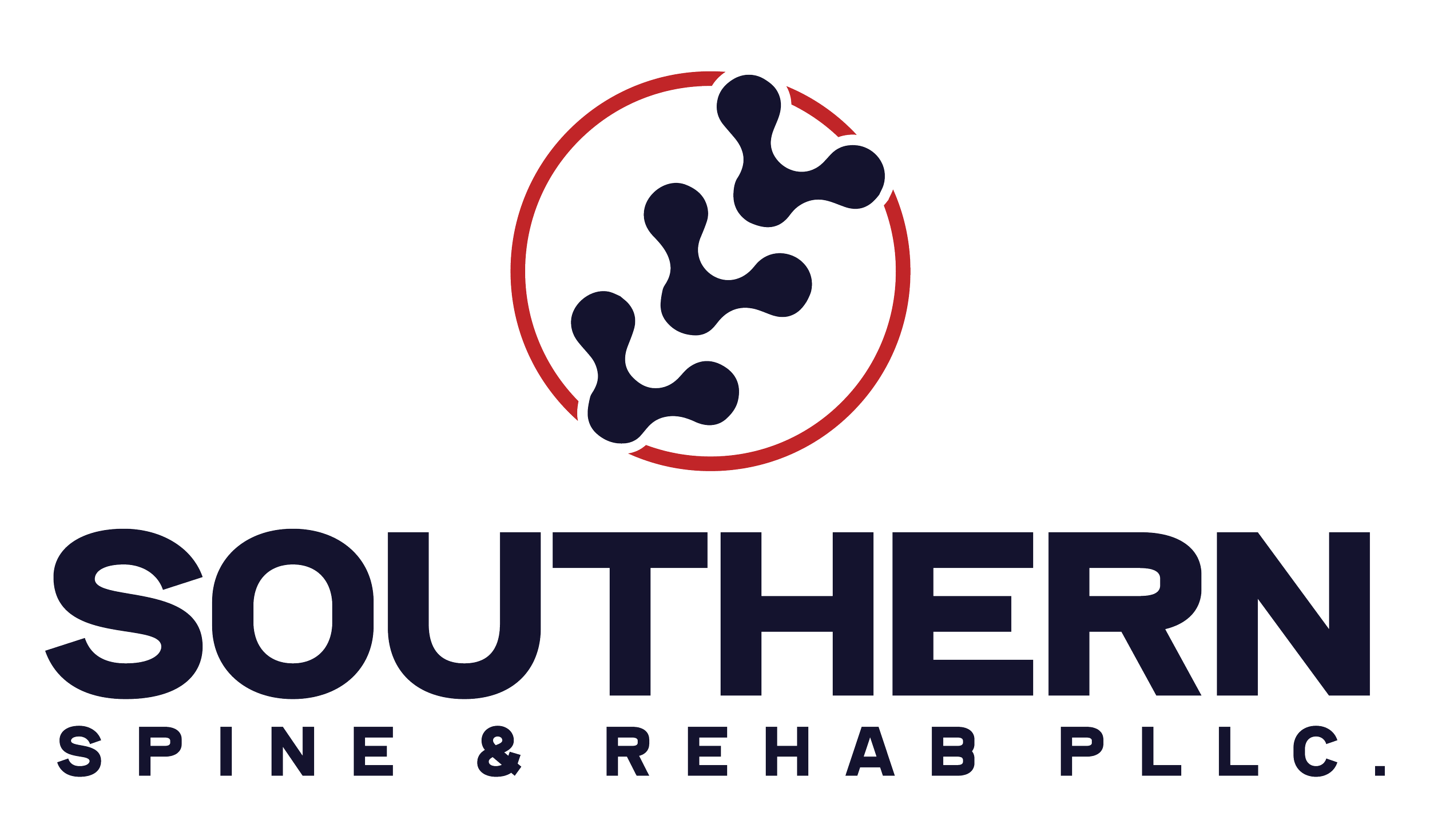Ouch! My Rotator Cuff!
Each year, between 2-3 million people in the US visit their doctors with a rotator cuff problem.
The rotator cuff is made up of 4 muscles in the shoulder:
Supraspinatus (most commonly injured)
Infraspinatus
Teres Minor
Subscapularis
Image courtesy of Clinic HQ: http://www.clinic-hq.co.uk/article_208_Rotator+Cuff+Strain+-+Shoulder+Strain
Luckily, the research shows that NON-SURGICAL treatments relieves pain and improves function in 80% of the patients. With that being said, nonoperative treatments are an effective and long lasting option for many patients with a chronic full-thickness rotator cuff tear (Boorman et al., 2017).
It is important to remember that a finding on diagnostic imaging does not immediately warrant invasive procedures. Asymptomatic tears are nearly TWICE as common as those providing patients painful symptoms.
In fact, the risk of tears increase with age. One study found that 1/2 of people in their 50s and 2/3 of people in their 60s had asymptomatic tears.
Exhausting your non-invasive treatments options FIRST not only allows you to get back to daily living pain-free, but can also help you avoid costly invasive procedures with a long recovery period.
Remember, this is for educational purposes only. Every individual should consult and be examined by their local healthcare professional before making any medical decisions. If you would like that to be Dr. Pedigo, please call or book your appointment online.
In Health,
Dr. Kolten K. Pedigo, DC, MS
Southern Illinois Sports Doctor
Southern Spine & Rehab LLC
Marion, IL
Resources:
https://orthoinfo.aaos.org/en/diseases--conditions/rotator-cuff-tears/
“What happens to patients when do not repair their cuff tears?” (Boorman et al., 2017)

